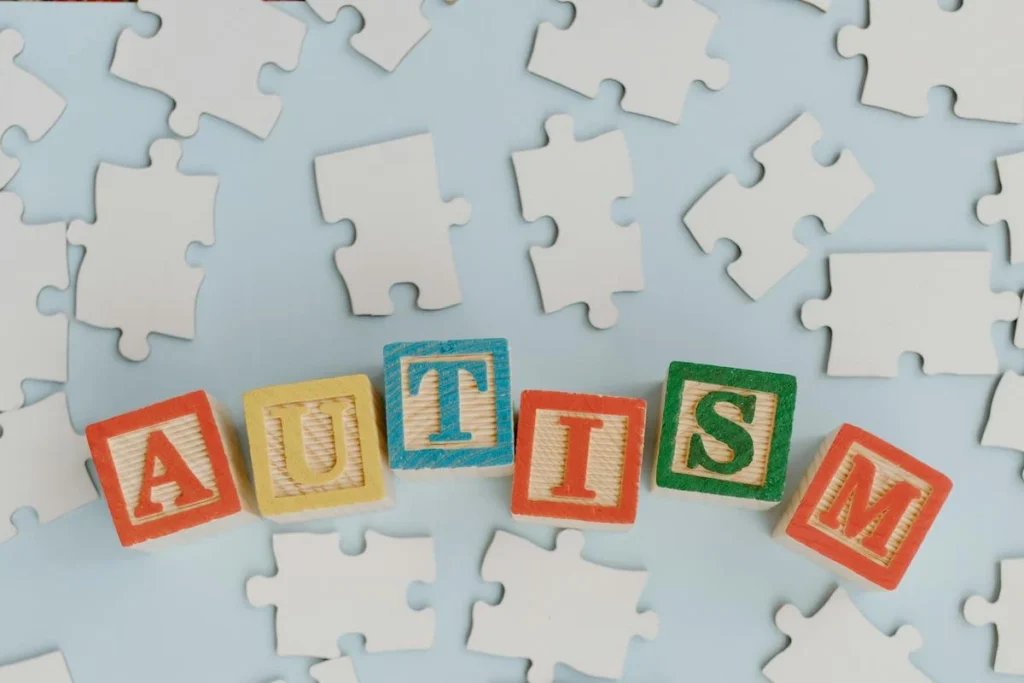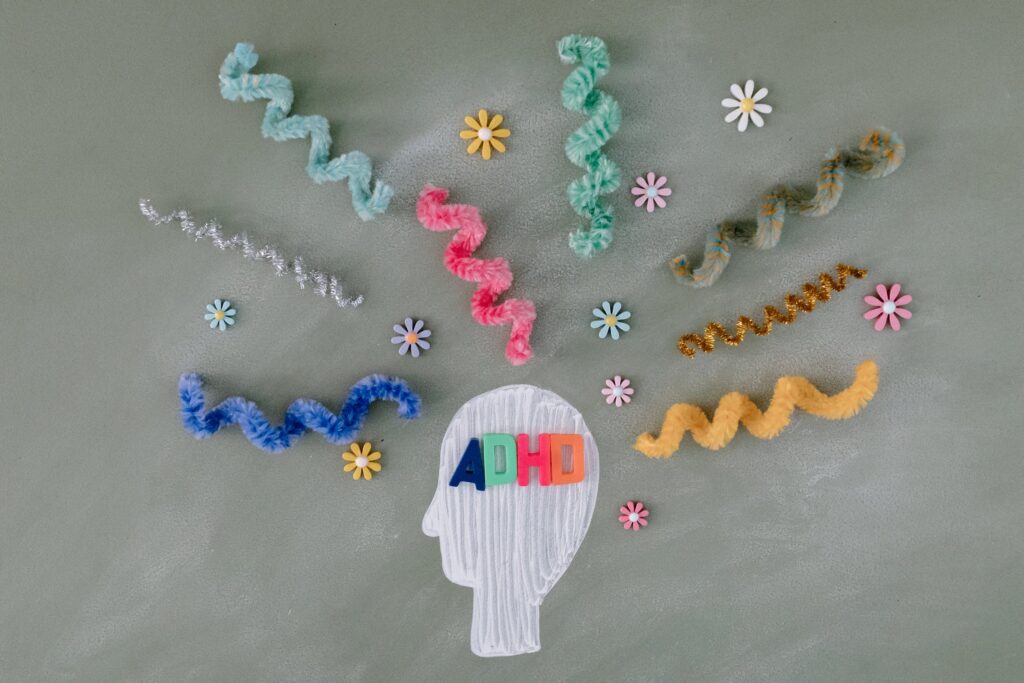Autism Spectrum Disorder (ASD) and Attention-Deficit/Hyperactivity Disorder (ADHD) are two neurodevelopmental conditions that often coexist, presenting unique challenges for individuals who experience both. Understanding the relationship between autism and ADHD, recognizing the differences in symptoms, and providing tailored support are essential for promoting the well-being and success of people with dual diagnoses.
1. Autism & ADHD

Autism and ADHD are both neurodevelopmental disorders characterized by differences in social communication, behaviour, and cognitive functioning. While they are distinct conditions, there is a significant overlap between the two, with studies suggesting that up to 50% of individuals with autism also meet the criteria for ADHD.
Individuals with autism often experience difficulties in social interaction, communication, and repetitive or restricted behaviors, while those with ADHD may struggle with inattention, hyperactivity, and impulsivity. However, the presence of both conditions can exacerbate these challenges and lead to a more complex presentation of symptoms.
2. Why Do Autism & ADHD Often Co-exist
The occurrence of autism and ADHD can be attributed to several factors, including genetic predisposition, shared underlying neurobiological mechanisms, and overlapping symptoms. Research suggests that both conditions may stem from disruptions in brain development, particularly in areas involved in attention, executive functioning, and social cognition.
Furthermore, the diagnostic criteria for autism and ADHD have evolved over time, leading to greater recognition and identification of individuals with overlapping symptoms. As a result, it is not uncommon for medical professionals to diagnose both autism and ADHD in the same individual, especially when there is a significant overlap in symptoms and impairments.
3. Telling the Difference Between Autism & ADHD

While autism and ADHD share some common features, such as difficulties with attention and impulse control, there are also distinct differences between the two conditions. Distinguishing between autism and ADHD requires careful assessment by trained professionals and consideration of the following factors:
- Social Communication: Individuals with autism typically exhibit challenges in social interaction and communication, such as difficulty understanding social cues, maintaining eye contact, or engaging in reciprocal conversation. In contrast, individuals with ADHD may have less pronounced impairments in social communication but may struggle with impulsivity, interrupting others, or waiting their turn in conversation.
- Repetitive Behaviors: Repetitive or restricted behaviors, such as repetitive movements, adherence to routines, or intense interests, are hallmark features of autism. While individuals with ADHD may also display repetitive behaviors, these behaviors are typically less pervasive and may be more related to impulsivity or hyperactivity rather than a specific focus of interest.
- Executive Functioning: Executive functioning refers to a set of cognitive processes that facilitate goal-directed behavior, including planning, organization, and self-regulation. Difficulties with executive functioning are common in both autism and ADHD but may manifest differently. For example, people with autism may struggle with flexibility and adapting to changes in routines, while those with ADHD may have difficulty sustaining attention or organizing tasks.
4. Symptoms

The symptoms of autism and ADHD can vary widely among individuals and may change over time, making diagnosis and intervention challenging. Some common symptoms associated with each condition include:
- Challenges in social interaction, such as difficulty understanding social cues or forming peer relationships.
- Impairments in communication, including delays in language development or difficulty initiating and maintaining conversations.
- Restricted or repetitive behaviors, such as repetitive movements, adherence to routines, or intense interests in specific topics.
ADHD Symptoms:
- Inattention, characterized by difficulty sustaining attention, organizing tasks, or following through on instructions.
- Hyperactivity, including excessive fidgeting, restlessness, or difficulty staying seated.
- Impulsivity, such as acting without thinking, interrupting others, or blurting out responses.
5. Getting the Proper Support

Supporting individuals with dual diagnoses of autism and ADHD requires a comprehensive and individualized approach that addresses their unique strengths, challenges, and needs. Some strategies for providing effective support include:
- Multidisciplinary Assessment: Conducting a comprehensive assessment by a team of professionals, including psychologists, psychiatrists, speech therapists, and occupational therapists, can help identify the specific strengths and challenges of individuals with dual diagnoses and inform appropriate intervention strategies.
- Tailored Interventions: Developing interventions that target the core symptoms of both autism and ADHD can help individuals build skills and strategies to manage their challenges effectively. These interventions may include social skills training, cognitive-behavioral therapy, executive functioning coaching, and sensory integration therapy.
- Educational Accommodations: Collaborating with educators to implement accommodations and modifications in the school environment can support academic success and social inclusion for students with dual diagnoses. This may include providing preferential seating, extended time for assignments, visual supports, or sensory breaks as needed.
- Parent and Caregiver Support: Providing education, resources, and support for parents and caregivers can help them understand the unique needs of their child and develop effective strategies for managing challenging behaviors and promoting positive outcomes.
- Community Resources: Connecting individuals with dual diagnoses and their families to community resources, support groups, and advocacy organizations can provide valuable social support and access to information and services tailored to their needs.
In conclusion, autism and ADHD often coexist, presenting complex challenges for individuals who experience both conditions. By understanding the relationship between autism and ADHD, recognizing the differences in symptoms, and providing tailored support that addresses the unique strengths and needs of individuals with dual diagnoses, we can promote their well-being and success across various domains of life. Through collaboration, empathy, and evidence-based intervention, we can create a more inclusive and supportive environment where individuals with autism and ADHD can thrive.

